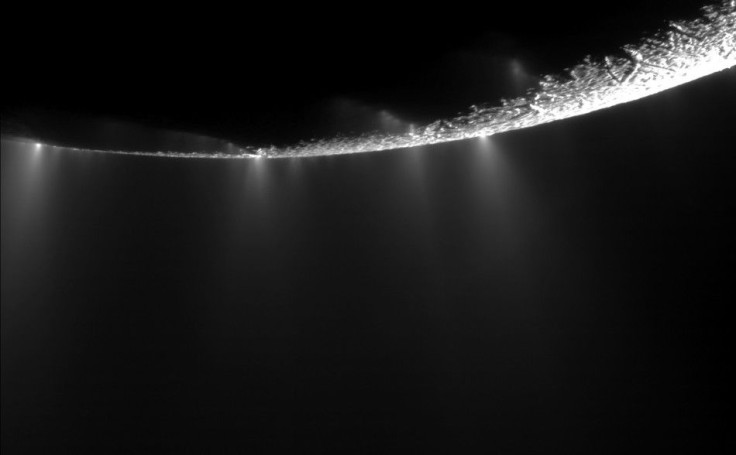Moon Rains Water on Saturn in Baffling Phenomenon

"There is no analogy to this behaviour on Earth," said Paul Hartogh of Max-Planck-Institut für Sonnensystemforschung, the scientist who led the analysis that yielded the odd results.
Hartogh and other scientists who analyzed information from European Space Agency's (ESA) Herschel space observatory concluded that one of Saturn moons, called Enceladus, is raining water vapors that form a huge donut-shaped ring around Saturn.
Furthermore, it's dropping water vapor right in Saturn's atmosphere. So far, it's also the only moon in the solar system to influence the chemical composition of its parent planet.
Enceladus rains about 250 kg of water vapour per second, according to the ESA. At this volume, the vapors can get through to Saturn despite some being lost in space, falling to other Saturn moons, and freezing on Saturn's rings.
About three to five percent of the water expelled from Enceladus end up on Saturn, according to ESA estimates. Ultimately, the water vapor is transported to the lower levels of the planet in small amounts.
The water vapors come from the moon's south polar region. The exact origin of the water and why it's spewing from Enceladus is unclear.
However, one hypothesis is that the vapor originates from an underground of reservoir of saltwater in Enceladus, according an analysis by Frank Postberg of Heidelberg University, reported Scientific American.
"Herschel has proved its worth again. These are observations that only Herschel can make," said Göran Pilbratt, ESA Herschel Project Scientist.
The puzzling existence of water vapors in Saturn's atmosphere was first discovered in 1997 by the ESA. Now, 14 years later, the ESA is one step closer to solving this mystery.
© Copyright IBTimes 2024. All rights reserved.











